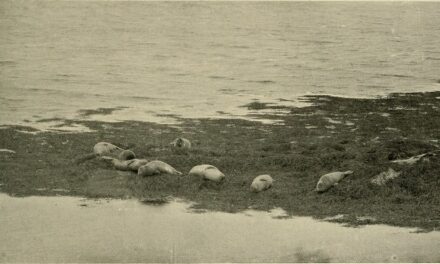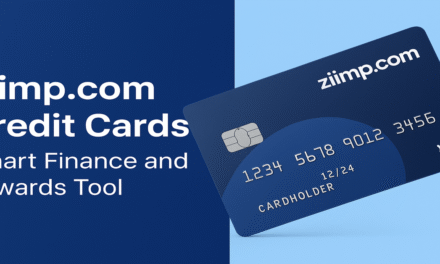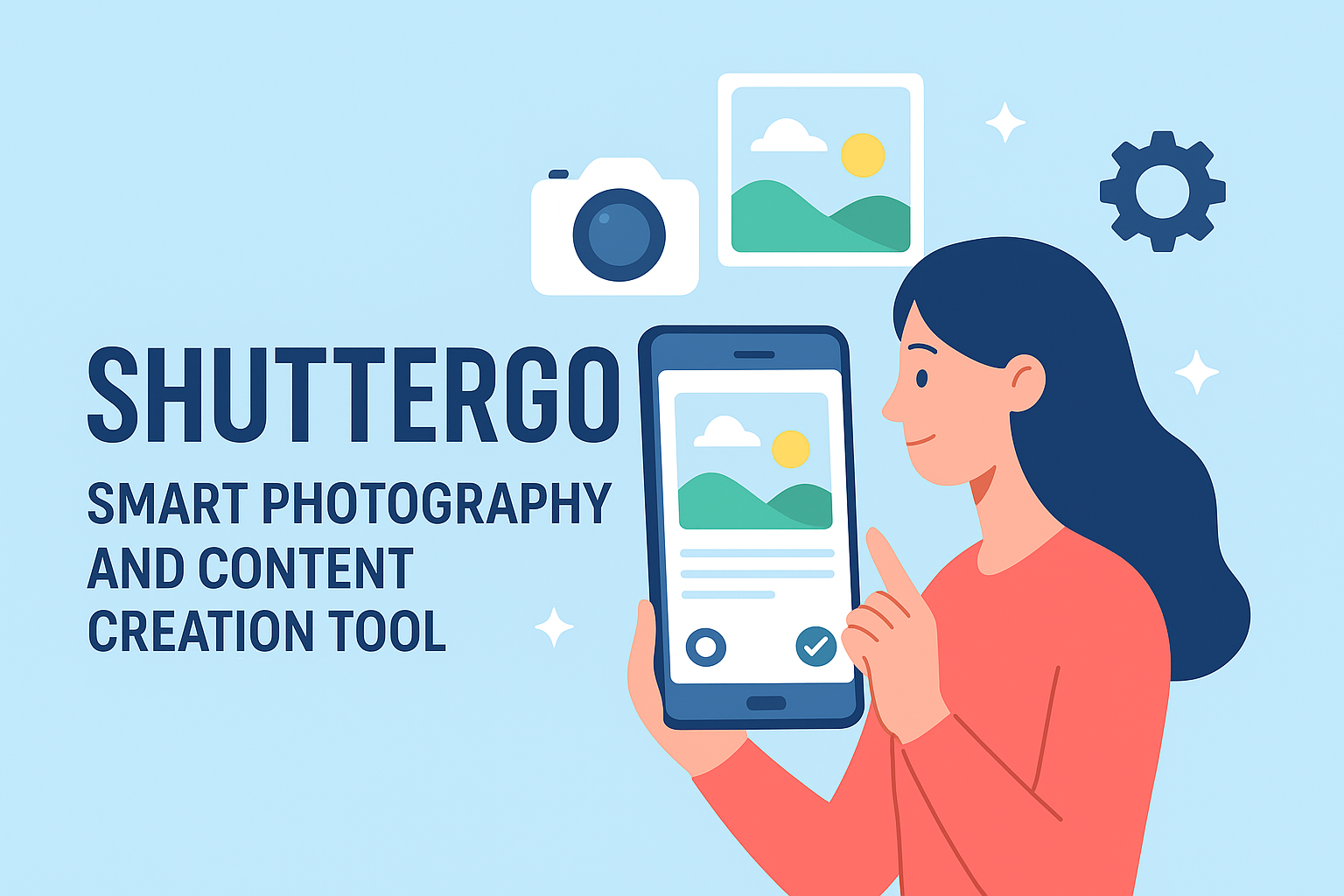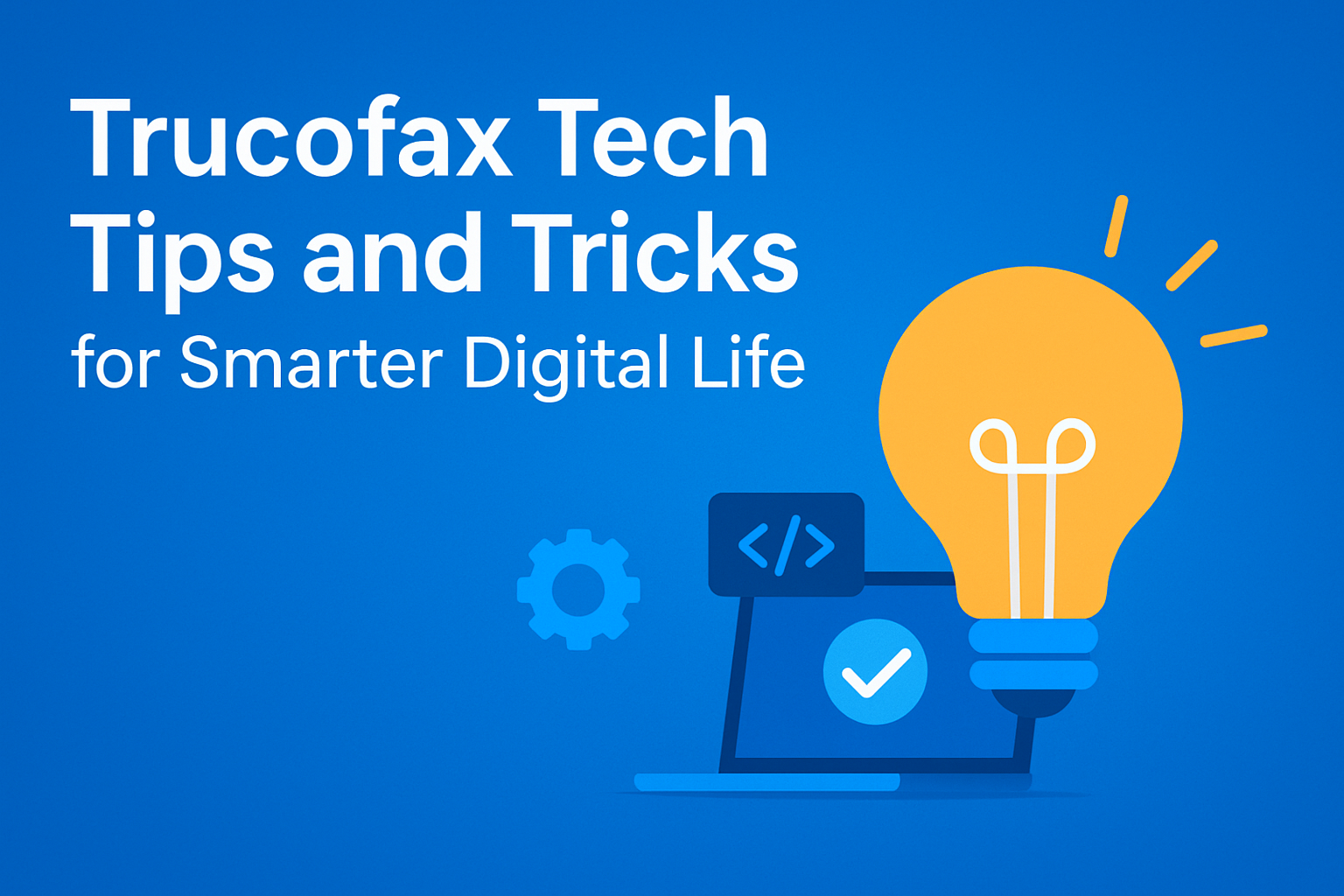
Heatmaps Influence Content Strategies

How Heatmaps Influence Content Strategies and Web Layouts for Better Engagement
How Heatmaps Influence Content Strategies and Web Layouts
Heatmaps influence content strategies by showing where users focus their attention. They reveal which parts of a page attract clicks, scrolls, and engagement.
What Are Heatmaps?
Heatmaps are visual tools. They use colors to show how users interact with a webpage. Red areas show high activity. Blue areas show less.
There are different types of heatmaps:
-
Click maps: show where users click.
-
Scroll maps: show how far users scroll.
-
Move maps: show mouse movement patterns.
These insights are powerful for content and layout decisions.

How Heatmaps Influence Content Strategies and Web Layouts for Better Engagement
How Heatmaps Shape Content Strategies
1. Content Placement Optimization
Heatmaps show where users spend most of their time. This tells marketers where to place important content. Key messages, CTAs, or forms can go where users actually look.
2. Identifying Weak Spots
If users ignore certain areas, the content there might be weak or misplaced. You can either rewrite that section or move it to a more visible spot.
3. Improving Mobile vs Desktop Strategy
Heatmaps compare desktop and mobile behavior. This helps tailor content strategies for each device. Maybe your mobile users stop scrolling halfway — that’s a signal.

How Heatmaps Influence Content Strategies and Web Layouts for Better Engagement
How heatmaps influence content strategies Guide Web Layout Improvements
1. Better Navigation Placement
If users aren’t clicking the menu, maybe it’s too hidden. Heatmaps reveal this. Designers can adjust the layout to improve navigation visibility.
2. Eliminating Distractions
Some page elements may be visually dominant but not useful. If users get distracted by images or banners, it can hurt performance. Heatmaps help spot and fix that.
3. Enhancing Conversion Areas
Want more people to sign up or buy? Use heatmaps to test button placements. CTA buttons placed in “hot zones” convert better.
Real-Time Optimization with Heatmaps
Heatmaps can be used for A/B testing. Try different headlines or layouts. Use heatmaps to see what works best. It’s data-driven and fast.
Example Use Case: Blog Strategy
You write blogs. But users only scroll halfway. That means they miss your CTA at the end.
Solution? Move the CTA higher. Use heatmaps to test where users stop reading. This helps improve your content strategy instantly.
How Heatmaps Influence Content Strategies
Heatmaps are a powerful tool to understand user behavior on your website. By visually representing clicks, scrolls, and hovers, they allow content creators to make data-driven decisions that enhance engagement and conversions.
Visualizing User Engagement with Heatmaps
Heatmaps show which areas of your content attract the most attention. By analyzing these hotspots, you can see where users are clicking, hovering, or spending the most time. This insight helps in optimizing content placement and highlighting your most important messages.
Heatmaps for Content Layout Optimization
Using heatmaps, you can rearrange underperforming sections to areas where users naturally focus. Headlines, images, and calls-to-action (CTAs) can be strategically positioned for maximum visibility and engagement. This makes your content strategy more effective by aligning it with actual user behavior.
Enhancing User Engagement with Heatmaps
Tracking scroll depth and interactive hotspots helps ensure users are seeing key parts of your content. With this information, you can adjust your content flow, making your website easier to navigate and more engaging.
Driving Data-Driven Decisions
Heatmaps allow you to identify low-engagement areas that need improvement. They support A/B testing by highlighting what works and what doesn’t, enabling you to prioritize updates and new content creation based on actual user behavior.
Heatmaps and Conversion Rate Optimization
By placing CTAs, forms, or banners in high-traffic areas identified by heatmaps, you can boost conversion rates. Small adjustments based on heatmap insights often lead to significant improvements in user interactions and business outcomes.
♀️ FAQs
❓What are heatmaps influence content strategies used for in web design?
Heatmaps help designers understand where users focus, click, or scroll. This guides smarter content placement and layout design.
❓Can heatmaps really improve SEO?
Yes. Heatmaps help identify where users engage most, allowing better UX. Google rewards good UX with better rankings.
❓Which heatmap tools are popular?
Hotjar, Crazy Egg, and Microsoft Clarity are popular tools for heatmap tracking.
❓How do heatmaps influence content strategies help with conversions?
They show where users are clicking and where they’re not. This helps optimize CTAs and reduce friction in the user journey.
❓Are heatmaps suitable for all websites?
Yes. Blogs, e-commerce, SaaS — all benefit from user behavior insights that heatmaps provide.
✅ Final Thoughts
Heatmaps influence content strategies and web layouts by giving visual insights into user behavior. They help you place content smarter, design better, and convert more visitors. Whether you’re a blogger or a business, heatmaps are essential for your digital success.




















Cool Post.
Every sentence feels like a key unlocking something new and valuable.
[…] 2026 Budget Jobs Plan: A Focus on Employment Growth […]
Very good quality post
Remarkable issues here. I'm very glad to look youir post. Thanks a lot and I am takijng a look ahead…